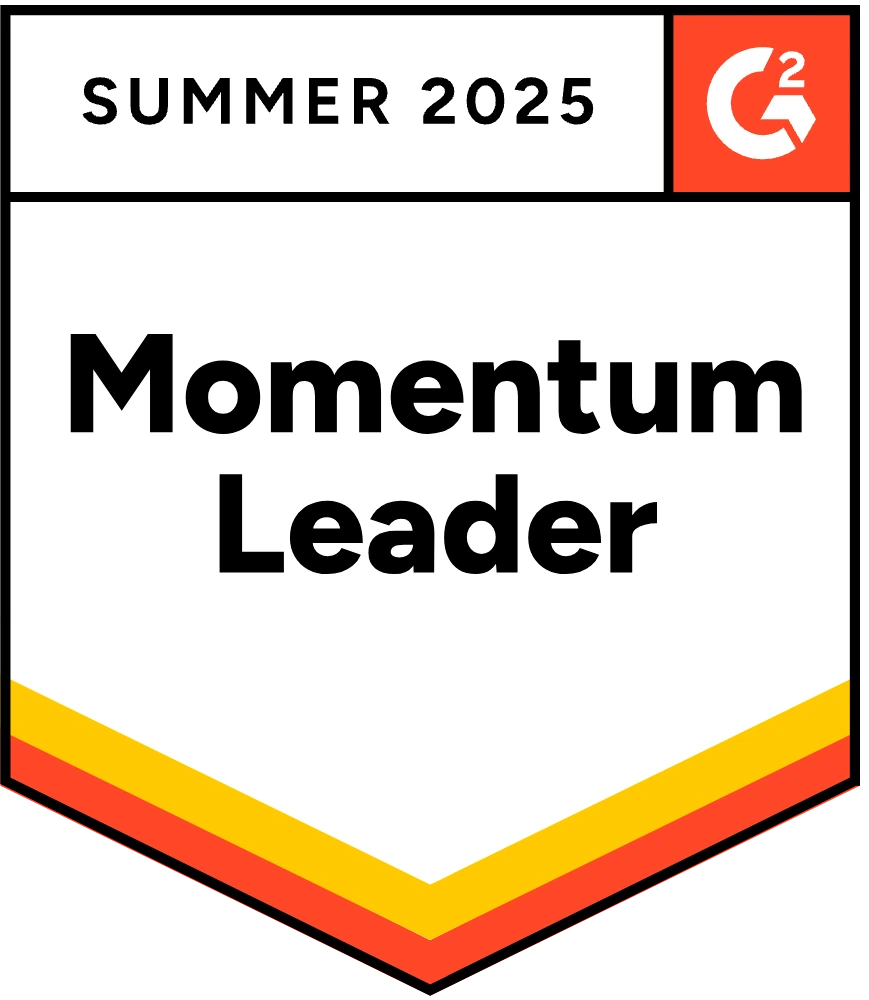Enhancing employee productivity is not just about working harder—it’s about working smarter. Artificial Intelligence (AI) has emerged as a powerful enabler in creating efficient workflows, enhancing decision-making, and transforming the work environment.
Here are five ways AI can help your employees be more productive and create a smarter, more efficient workplace.
1. Automating Routine Tasks
Routine tasks such as scheduling meetings, managing emails, and data entry can take up a significant portion of an employee’s day. AI tools excel at automating these repetitive tasks, allowing employees to reclaim valuable time. For instance, AI-powered scheduling assistants like Microsoft’s Cortana or Google Calendar can analyze meeting requests, check team members’ availability, and book slots that work for everyone.
This kind of automations not only reduce the risk of errors but also ensures tasks are completed faster, keeping workflows moving efficiently. By automating these necessary activities, employees can focus on strategic, creative, and high-impact tasks that drive value for the organization.

2. Enhancing Workplace Management
Managing modern workplaces effectively is a challenge, particularly in hybrid work environments where employees frequently switch between home and office. AI helps optimize how spaces are used by collecting data on occupancy, employee behavior, and resource utilization.
For example, AI-driven smart building solutions can adjust heating, lighting, or ventilation systems based on occupancy levels, reducing energy waste while maintaining comfort. Enabling organizations to identify underutilized spaces and transform them into areas that better suit employees’ needs—whether it’s adding collaboration zones, private workspaces, or breakout areas.
In hybrid work settings, AI ensures that employees always have access to the resources they need, whether it’s reserving a hot desk, booking a conference room, or checking office occupancy levels before commuting. These efficiencies contribute directly to increased employee satisfaction and productivity while keeping operational costs in check.
3. Improving Decision-Making
In today’s data-driven world, making the right decisions requires processing vast amounts of information quickly and accurately. AI helps organizations do this by identifying patterns, analyzing trends, and delivering actionable insights far beyond what manual analysis could achieve. Research from Stanford’s Digital Economy Lab reveals that generative AI tools can significantly increase productivity, particularly among less experienced employees.
Consider performance analytics tools that track project progress and team productivity. These AI tools can highlight bottlenecks, suggest resource reallocations, or predict potential delays before they occur. Similarly, AI-powered customer relationship management (CRM) systems analyze client interactions to suggest upselling opportunities or alert sales teams to waning customer engagement.
At the leadership level, predictive analytics can forecast future challenges and opportunities, empowering managers to make proactive, informed decisions. By removing guesswork, AI enables organizations to align their strategies more closely with their objectives, driving efficiency and productivity at all levels.
4. Personalizing Employee Experiences
AI doesn’t just benefit businesses—it creates value for employees by tailoring their experiences to their unique preferences and needs. Personalized learning platforms like LinkedIn Learning use AI to recommend courses based on an employee’s role, career goals, and past activities. This keeps employees engaged and helps them acquire skills that align with their professional aspirations. In the workplace, AI can recommend workspace configurations or meeting schedules that suit individual work habits.
Employee wellness is another area where AI shines. By analyzing data such as movement patterns, desk usage, or even air quality, AI can provide actionable recommendations to enhance health and well-being. This focus on personalization boosts employee satisfaction, engagement, and overall productivity.
5. Driving Collaboration Through Smart Tools
Collaboration is at the heart of any productive workplace, and AI makes it easier than ever to connect and coordinate. From virtual assistants that take notes during meetings to AI-powered project management tools that assign tasks based on workload, AI ensures teams stay aligned and efficient.
For hybrid and remote teams, AI-driven platforms like Microsoft Teams or Slack can generate smart meeting summaries, suggesting action points and automatically sending reminders to participants. This reduces the manual effort required to follow up on discussions, keeping projects on track.
AI also facilitates better communication across global teams by providing real-time translation tools and sentiment analysis. These capabilities ensure that language or cultural barriers don’t impede collaboration, enabling seamless interaction and better teamwork.
By streamlining communication, reducing redundancies, and fostering accountability, AI-powered tools drive meaningful collaboration, helping teams achieve their goals faster and with greater precision.
The Bottom Line: AI as a Productivity Ally
AI isn’t just a tool—it’s a strategic ally that transforms the way organizations operate. By automating tasks, personalizing experiences, enabling data-driven decisions, and fostering seamless collaboration, AI empowers employees to focus on what they do best, fostering innovation and growth.











